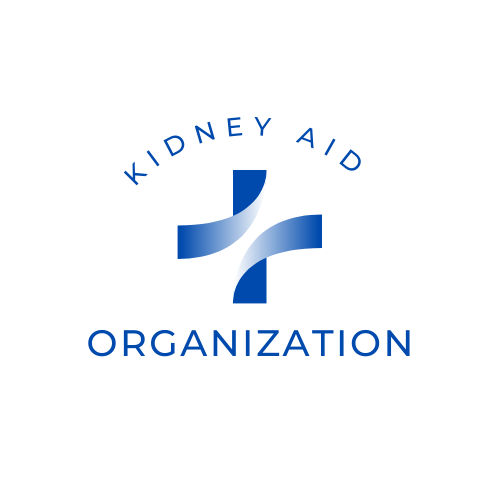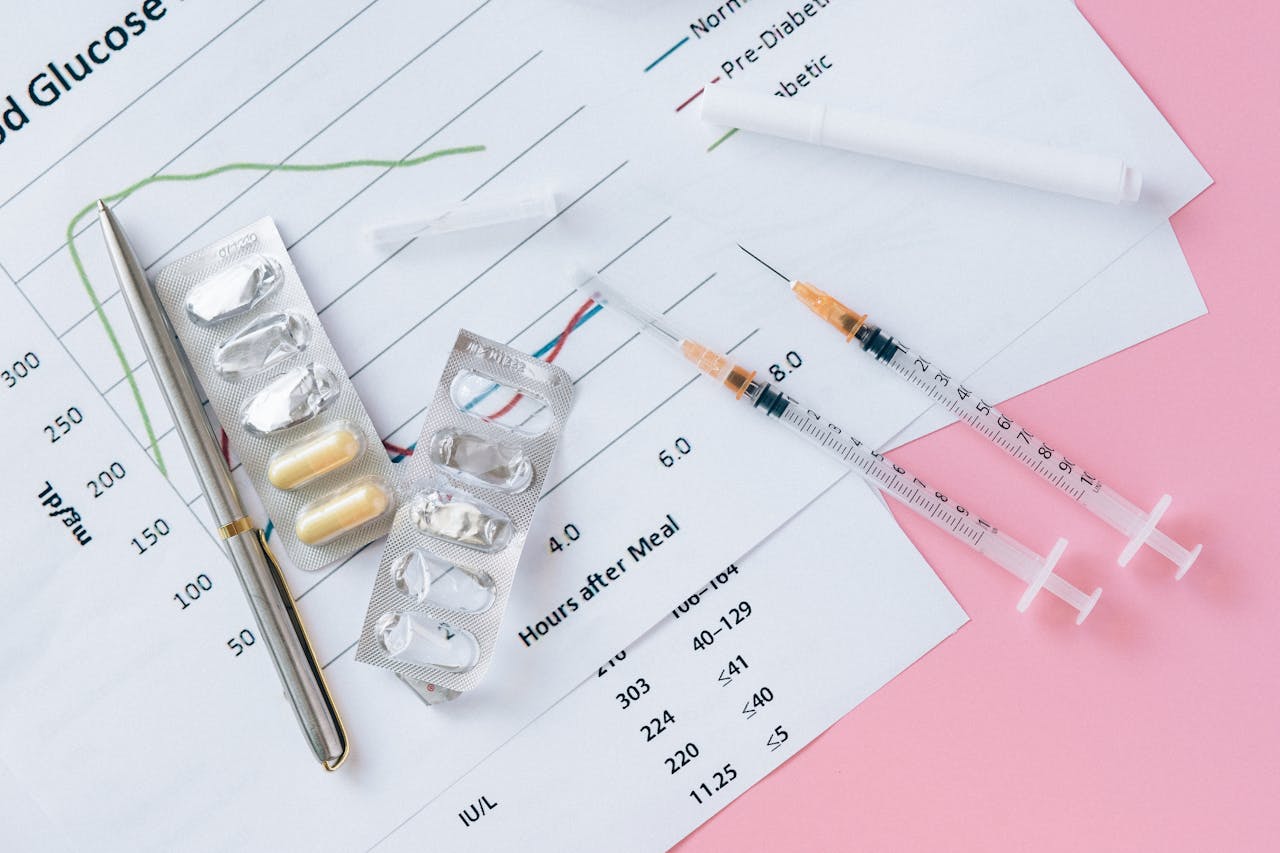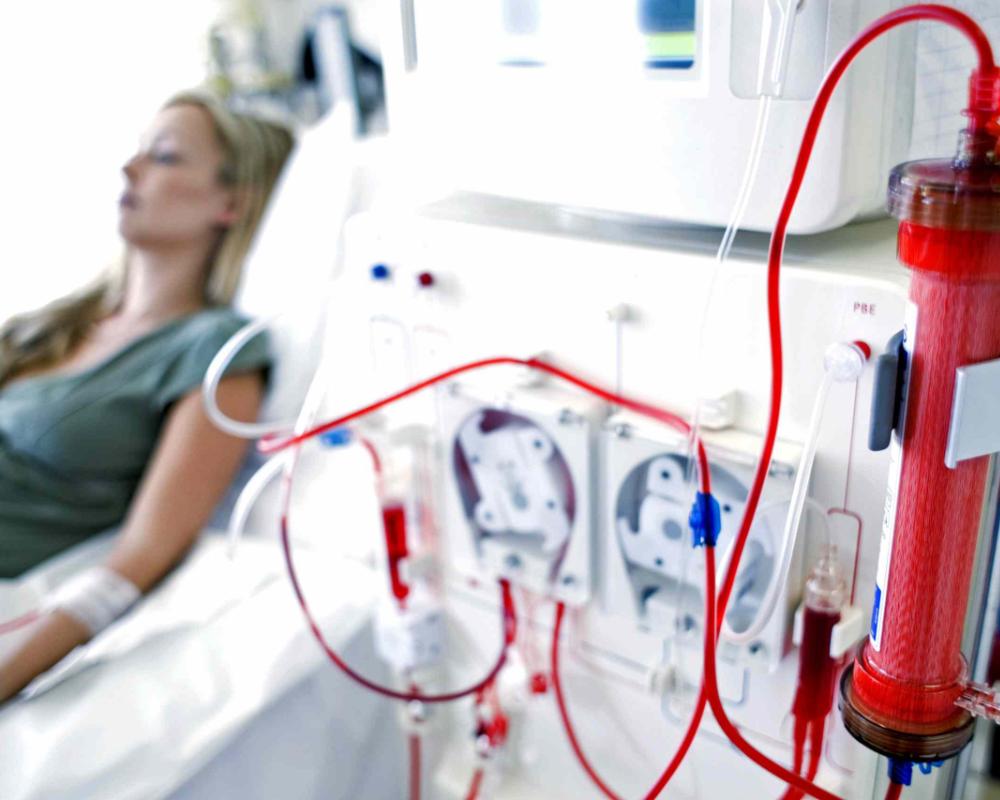Is Kidney Damage Due to Hypertension Reversible?
Kidney damage caused by hypertension, also known as hypertensive nephropathy, is a pressing health concern. Hypertension, or high blood pressure, is often referred to as the "silent killer" because of its lack of symptoms and its ability to cause significant organ damage over time, including to the kidneys. But one question looms large for those affected: Is kidney damage from hypertension reversible? To answer this, it is essential to understand how hypertension impacts the kidneys, the stages of kidney damage, and the potential for recovery or management.How Hypertension Affects the Kidneys
The kidneys play a crucial role in filtering waste and excess fluids from the blood. They achieve this via a network of tiny blood vessels called glomeruli. When blood pressure is consistently high, it exerts excessive force on these delicate vessels, leading to damage. Over time, this can reduce the kidneys' ability to filter waste effectively, leading to a buildup of toxins in the body. The damage caused by hypertension can manifest in several ways:- Thickening of Blood Vessels: Chronic high blood pressure can cause the walls of blood vessels in the kidneys to thicken, reducing blood flow and impairing kidney function.
- Scarring of Kidney Tissue: Known as glomerulosclerosis, scarring can occur in the kidneys, further limiting their filtering ability.
- Decline in Filtration Rate: Over time, the glomerular filtration rate (GFR), a measure of how well the kidneys are working, may decline, signaling chronic kidney disease (CKD).
Stages of Kidney Damage
Kidney damage progresses in stages, often classified into five stages based on GFR:- Stage 1: Kidney damage with normal or slightly reduced GFR (90+).
- Stage 2: Mild reduction in GFR (60-89).
- Stage 3: Moderate reduction in GFR (30-59).
- Stage 4: Severe reduction in GFR (15-29).
- Stage 5: Kidney failure (GFR <15), also known as end-stage renal disease (ESRD).
Is Reversal Possible?
Whether kidney damage due to hypertension can be reversed largely depends on the extent of the damage and how early it is diagnosed. Here’s a breakdown of what’s possible:- Early Stages: In the initial stages (1 and 2), kidney damage may be partially reversible or at least preventable from worsening. Aggressive blood pressure management, lifestyle changes, and medications can help restore some kidney function and halt further damage.
- Moderate to Severe Stages (3 and 4): By the time kidney damage progresses to these stages, reversibility becomes unlikely. However, interventions can still slow the progression to ESRD. This includes tighter blood pressure control, dietary changes, and addressing contributing factors like diabetes.
- End-Stage Renal Disease: At this stage, kidney function is effectively lost, and dialysis or a kidney transplant becomes necessary. Reversal is no longer possible, but treatment can prolong life and improve quality of life.
Strategies to Protect Kidney Health
Even if reversal isn’t achievable, there are steps individuals can take to protect their kidneys and prevent further damage:- Maintain Blood Pressure Control: Aim for a target blood pressure of less than 130/80 mm Hg, as recommended by most guidelines for individuals with kidney disease.
- Adopt a Kidney-Friendly Diet: Reduce sodium intake, limit processed foods, and opt for fresh fruits and vegetables. A dietitian can provide personalized advice.
- Monitor Kidney Function: Regular blood tests, including GFR and urine albumin-to-creatinine ratio, can help track kidney health.
- Manage Underlying Conditions: Conditions like diabetes and high cholesterol should be managed effectively to reduce the risk of further kidney damage.
- Stay Active and Maintain a Healthy Weight: Regular physical activity and a healthy weight can help manage blood pressure and reduce strain on the kidneys.
- Avoid Nephrotoxic Substances: Minimize the use of over-the-counter painkillers like NSAIDs, which can exacerbate kidney damage.
The Role of Early Detection
The key to improving outcomes for hypertensive kidney damage is early detection. Routine screening for kidney function in individuals with hypertension can help identify damage before it becomes irreversible. Primary care physicians and specialists can work together to create a tailored treatment plan aimed at preserving kidney health.Final Thoughts
While complete reversal of kidney damage caused by hypertension is not always possible, especially in advanced stages, early intervention and aggressive management can significantly slow progression and improve quality of life. The importance of regular check-ups, a healthy lifestyle, and adherence to medical advice cannot be overstated. For those already affected by hypertensive nephropathy, a proactive approach can make a meaningful difference in preserving kidney function and overall health.Are you tired of living under the shadow of kidney disease? Are you yearning for a life free from the shackles of dialysis, kidney failure, and the looming threat of kidney transplants? If so, you're in the right place at the right time. Imagine waking up every morning with boundless energy, feeling rejuvenated and ready to take on the day. Envision a life where your kidneys are functioning optimally, and you no longer dread the burdensome routines of dialysis sessions.


